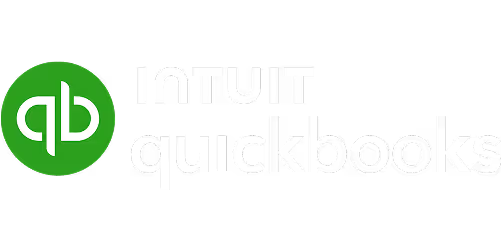UHY Haines Norton
Connect to possibility
Because every business challenge
is an opportunity
Whether you're building your first venture, protecting what you've created, planning your next chapter, or transforming how you operate—we're here to turn financial complexity into clarity and business challenges into growth opportunities.
Global insight, local expertise, personal partnerships
At UHY Haines Norton, we're part of a global network spanning 100 countries, but we're deeply rooted in Auckland's business community. We combine international insights with local expertise, helping you see opportunities.
As an independent member of UHY International, we deliver big-firm expertise with the personal touch that comes from partnerships. Our experienced team knows Auckland's business landscape inside out and connects you to possibilities you might not have considered.
Driven by your journey through the business cycle
No matter where you are in your business journey, we have a 360-degree view of helping you succeed. Whether you're growing, managing, transitioning or transforming, we understand that different stages require different solutions. Together, we explore all the possibilities.
What stage is your Business in?
Whether you're planning family succession, selling to key employees, or pursuing external sale, we maximise your value whilst ensuring smooth handover.

Markets shift, competitors emerge, customer needs evolve—staying still isn't an option. We help you restructure, innovate, and adapt to create competitive advantages.

Building something bigger means getting the fundamentals right. We help you expand sustainably, enter new markets, and turn growth plans into profitable reality.

Solid operations, compliance, and financials are the foundation. We handle the essentials so you can focus on what you do best.

The possibilities are endless
Find the expertise that matches your needs.
What drives everything we do
We unlock freedom and possibility for the businesses and families we serve. We listen, we explore, and together we focus on solving your challenges and taking you forward.
Connect to possibility
Quality First
We obsess about service details because that's the way to achieve excellence. Accessible, responsive, and innovative—we deliver on what we promise.
Be Curious
We look ahead with naturally enquiring minds, asking difficult questions and challenging outdated thinking. Finding better ways of working benefits everyone we serve.

Connect & Engage
We collaborate side-by-side with trust and openness, using a can-do attitude to solve your problems. Your success is our success—we're in this for the long haul.
Focus
We strive for technical brilliance in our talent, technologies, and systems. As audit, tax, and consulting specialists, we deliver excellent client service wherever you need us.
Latest insights
Get the latest business insights, industry updates, and expert guidance from our team. We share practical jargon-free advice that helps you navigate challenges and seize opportunities.

Let's explore the possibilities together
Our experienced Auckland team understands the challenges you face and the opportunities ahead. Whether you're building something new, protecting what you've created, or planning your next chapter, we turn financial complexity into clarity.
Every conversation starts somewhere. Let's start yours.
















